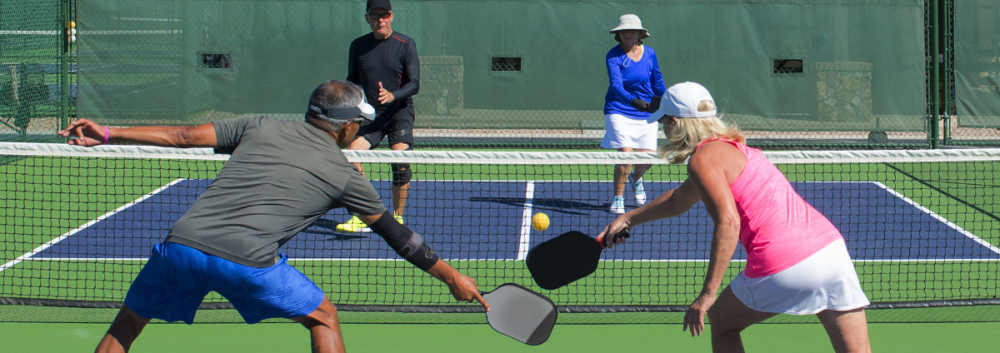Ghosting is a training technique that is essentially playing rallies with an imaginary opponent. It is something I did regularly as a squash player and used extensively as a squash coach. The three main purposes of ghosting are fitness, movement (patterns of play), and technique (stroke mechanics and variety). This allows you to rehearse footwork and movement, typical patterns of play and shot production. You get to the imaginary ball in good position, racket fully prepped and can concentrate on the mechanics of your stroke, recovery and repositioning. This is a good way of exposing movements and footwork you find awkward and need to improve.You have to think about the placement of your shot and what is is you’re trying to achieve in the context of the rally, for instance where your opponent is and where you want to make them move to.The rallies can be as long and as strenuous as you wish. In the process you are grooving your movement and strokes and, importantly, training your mind to play shots with a purpose to impose a pattern of play. You are not just hitting an imaginary ball; you are manoeuvring an imaginary opponent around the court, conditioning their movement and creating and executing winning opportunities.
This technique proved extremely effective for me and many other squash players and produced significant improvements. However, squash is almost exclusively a singles game and I’m not sure how ghosting would translate into doubles pickleball rallies and games. If you are doing it alone alone you have three imaginary players on court with you; your partner and two opponents. I think it would work if you play the rallies as if your imaginary partner was always in the correct position, staying with you vertically and laterally so to speak. The ghosting would include (bearing in mind the whole thing is in your imagination) shots that you partner would play. Given the pattern of play you are ghosting, you would know what shot they would play and why and position yourself accordingly in the appropriate ready stance.
I’ve looked for coaching materials for ghosting in pickleball but there seems to be very few and those are relatively rudimentary. I would like to adapt what I learnt about ghosting in squash, both as a player and coach, to pickleball, but I think there would be some limitations. It looks like ghosting in pickleball would be best for individuals to improve and groove their strokes, footwork and movement round the court. Patterns of play with a partner are probably best worked on with drills and conditioned games.
If you have any thoughts on this or experience of using ghosting in pickleball please share in comments below. Thanks.
